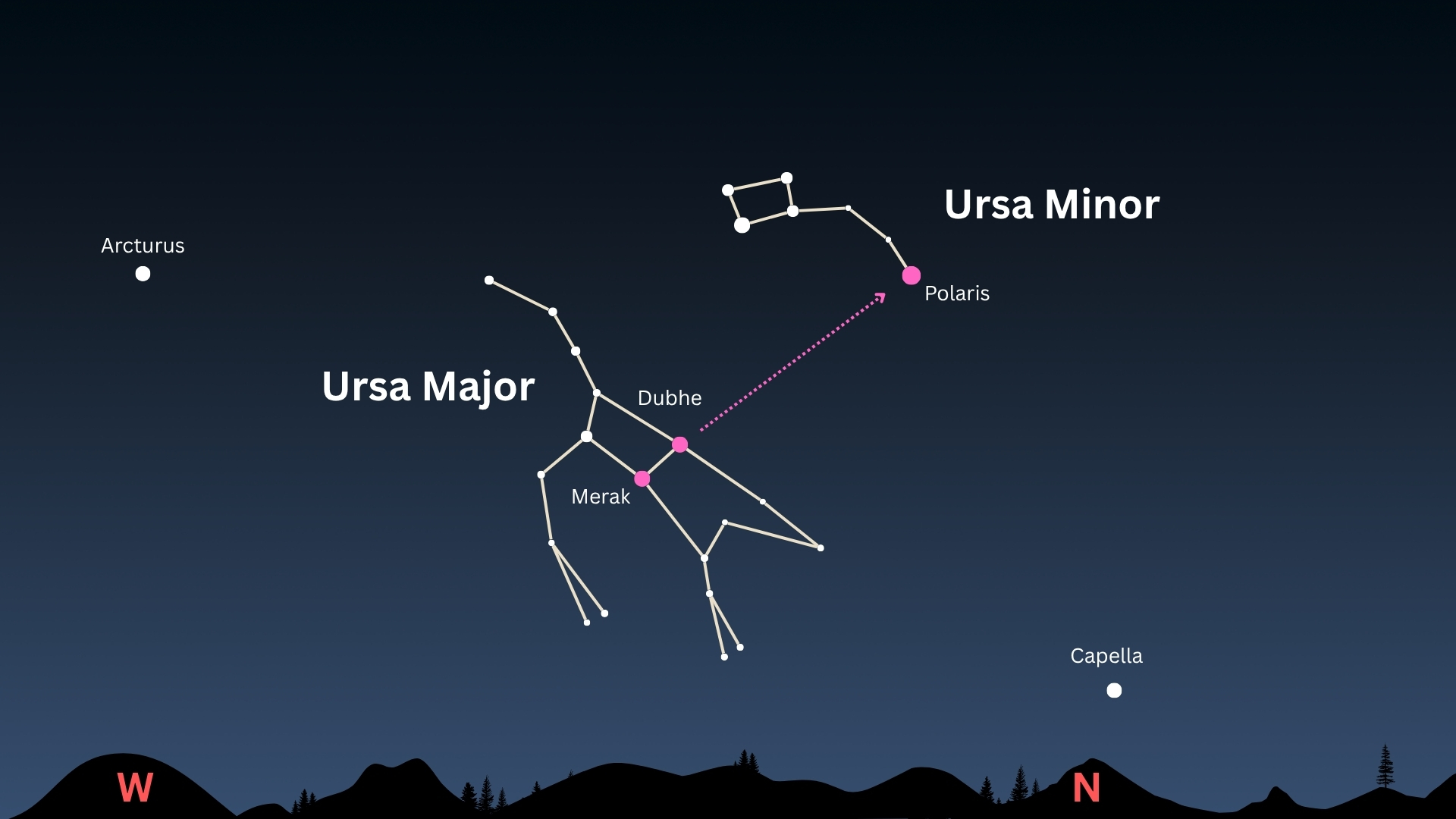NASA Supercomputer Simulates Early Evolution of Universe
Scientists have generated the largest and most realistic simulations of the evolving universe to date with the aid of NASA's powerful supercomputer, dubbed Pleiades.
By running the "Bolshoi" simulation code on Pleiades, researchers hope to explain how galaxies and other very large structures in the universe have changed since the Big Bang 13.7 billion years ago.
The Bolshoi code took 18 days and millions of hours of computer time split up among more than 160,000 processors to finish running on Pleiades, which is the seventh most powerful supercomputer in the world.
"The Bolshoi simulation is an excellent example of work done in support of NASA's science goal to understand how stars, galaxies and planets are formed, in order to get a picture of how the universe has changed over billions of years," said William Thigpen, systems and engineering branch chief in the NASA Advanced Supercomputing (NAS) Division at NASA's Ames Research Center.
The Bolshoi simulation code is designed to model the distribution of dark matter across a span of one billion light years. Dark matter is a mysterious substance that scientists think makes up roughly 25 percent of the universe but that does not interact with normal matter and is invisible to conventional observation techniques.
According to scientists' current best theories, tentacle-like "filaments" of dark matter formed the scaffolding upon which normal matter coalesced to form the stars and galaxies that we see today.
This story was provided by TechNewsDaily , sister site to SPACE.com. For the latest technology news follow TechNewsDaily on Twitter @TechNewsDailyand on Facebook.
Breaking space news, the latest updates on rocket launches, skywatching events and more!
Join our Space Forums to keep talking space on the latest missions, night sky and more! And if you have a news tip, correction or comment, let us know at: community@space.com.
TechNewsDaily was an online daily news publication founded by Purch dedicated to covering the latest news, discoveries and innovations in technology. The site launched in 2010 and ran through 2014.


